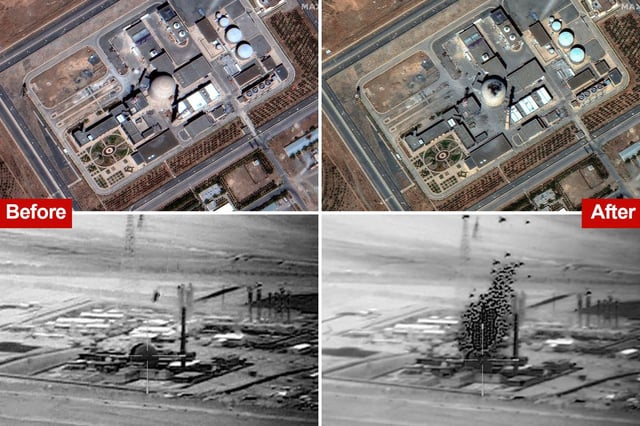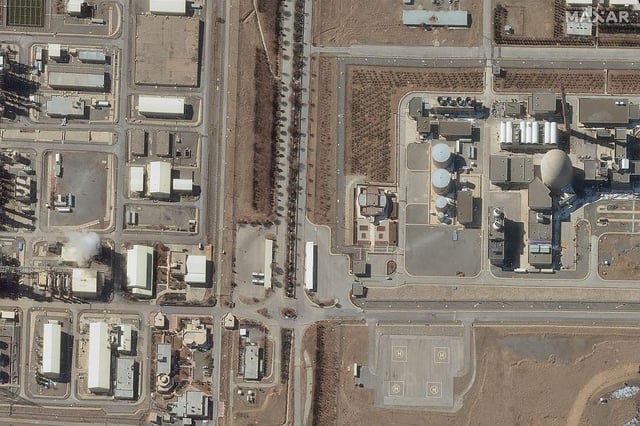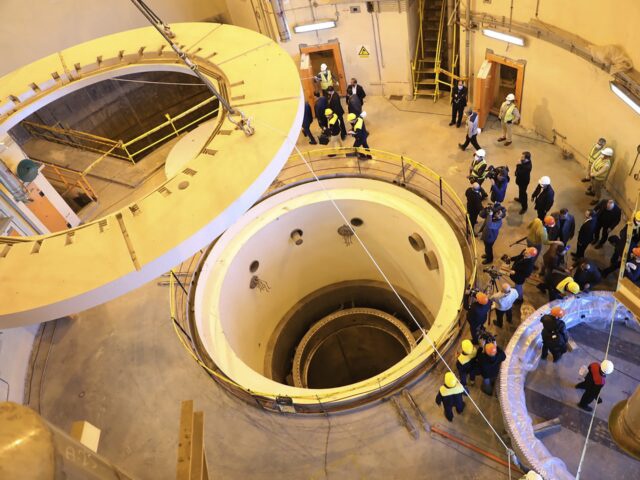Overview
- Israeli jets struck the Arak heavy water reactor near Khondab early on June 19, blasting a crater through the dome of the partially built facility.
- The Israel Defense Forces said it specifically targeted the reactor’s core seal to prevent any future plutonium production for nuclear weapons.
- Iranian state television reported that the site had been evacuated before the attack, and the United Nations nuclear watchdog confirmed there were no radiological risks because the reactor was idle and empty of nuclear material.
- Built under Iran’s 2003 nuclear program and redesigned in the 2015 JCPOA to limit plutonium output, the heavy water reactor forms a second pathway toward potential bomb fuel.
- The strike is part of a broader escalation between Israel and Iran that has seen reciprocal missile and air attacks, stoking global concern over regional stability.


